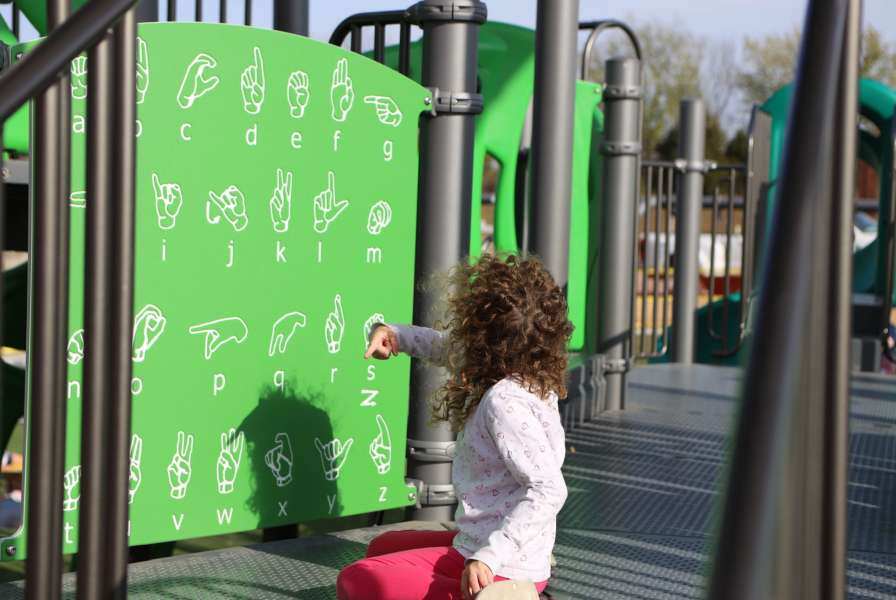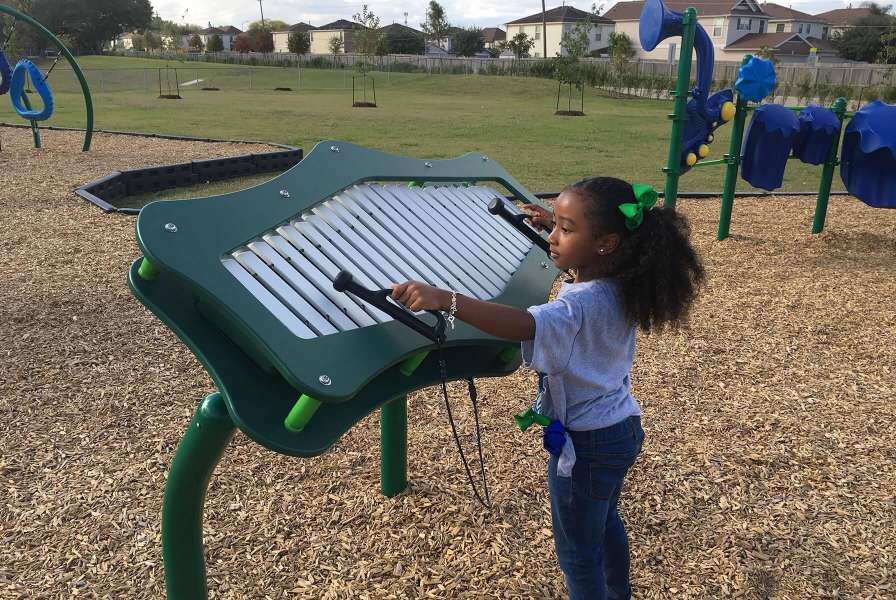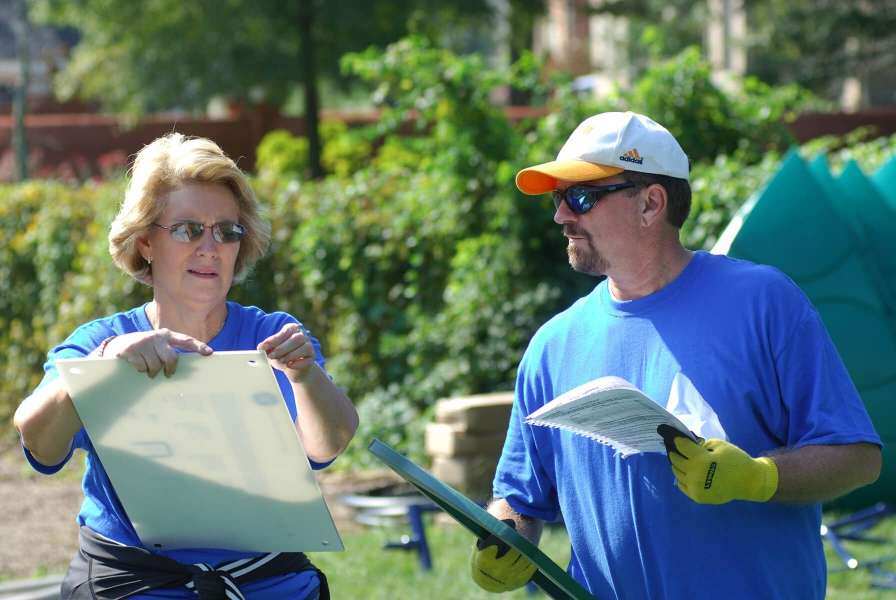Establishing a care and maintenance procedure for commercial site furnishings is a must to ensure the products remain compliant and usable. Create a regular schedule of documentable steps, address maintenance issues immediately, before they become a bigger issue, and establish clear accountability and a sign off process to document the successful completion of the tasks assigned to management and staff. Be sure to maintain quality, date stamped records and checklists of all care, cleaning, and maintenance activity, as this helps to avoid missing an important step and may be vital in the event of a warranty or product liability claim.
Most early stage deterioration of parts or products is apparent to users and staff, who should be encouraged to report any item which they feel is unserviceable or which they feel is unserviceable or which shows signs of wear and tear or abuse, as this can be a precursor to failure. Immediately remove from service any item which appears unserviceable or which may result in further damage to the item itself or other property. Use only the manufacturer's recommended parts and equipment for repairs or maintenance. Some facilities have maintenance crews who can tackle tasks of varying degrees of difficulty, but it is highly recommended to seek professional service for all structural repairs or repairs which may require specialized tools, materials, and equipment.
All products in a commercial application should be visually inspected regularly and examined more closely on a regular basis. Here are some typical wear and tear items, although this is not meant to be an exhaustive list, check with your manufacturer for specific instructions:
- Locking pins, bolts, fasteners, screws and components should be checked and tightened as per manufacturer specifications. Take care not to over tighten or strip the threads.
- Missing hardware should be ordered and installed. Note that items missing hardware may need to be taken out of service until the hardware may need to be taken out of service until the hardware can be replaced.
- Lubricate all swivels and mechanisms as per manufacturer specifications; avoid putting grease or oil on materials other than the relevant parts. Take special care to prevent oil or grease spreading onto plastic components, fabric, laminates, and wood materials.
- Repair cracked or broken welds, loose rails, fabric components, joints, seat pads, cracked or chipped laminates, edges, feet, etc.
- Splintered wood should be sanded smooth or replaced. Refinishing may be necessary, be sure to consult the manufacturer for specific finishing instructions and materials.
- Furnishings with cracked or fatigued welds or joints, instability, or showing signs of structural failure should be repaired or replaced to avoid potential injury.
- Items with loose joints, legs, or columns should be tightened to manufacturer specs. Be sure items with columns are firmly and correctly seated on their base before tightening.
- Keep products clean. There are many excellent cleaning products, but due to the multiplicity of materials used in manufacturing it is wise to seek the manufacturer's advice for the specific products you have.
- If the finish is chipped, contact the manufacturer about touch up paint that can be used to prevent further chipping and corrosion. Remove dirt from textured powder coat or hammer tone finishes by brushing with a soft bristle dry brush.









